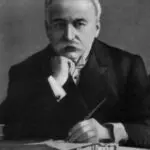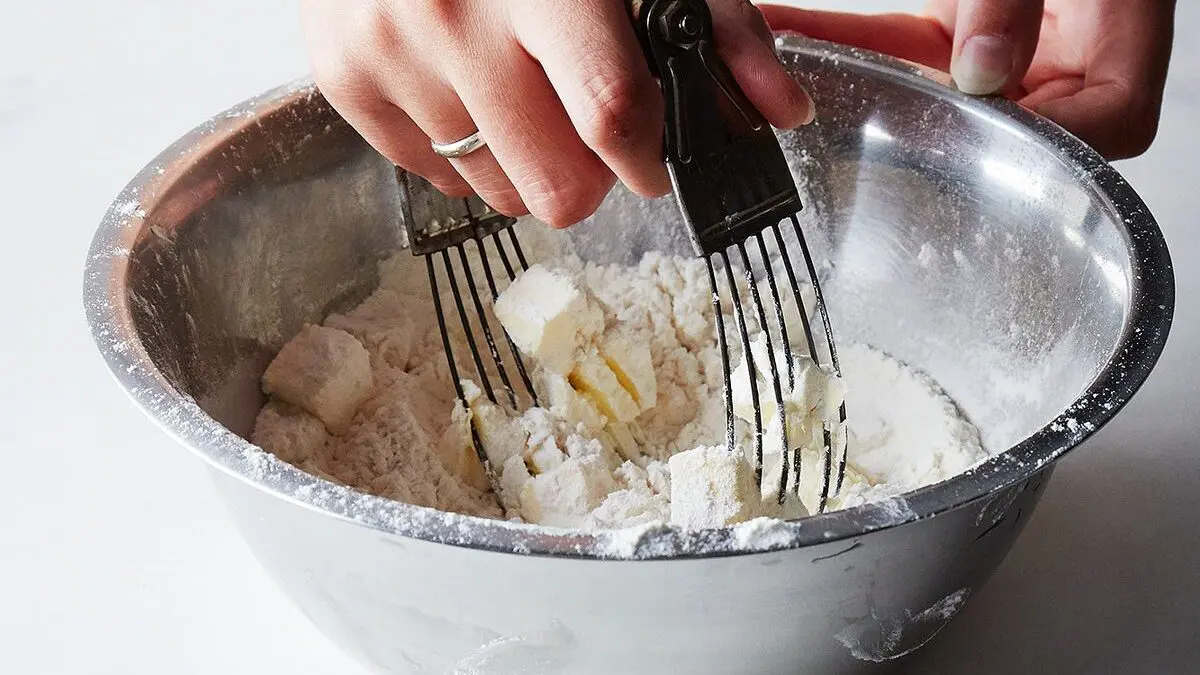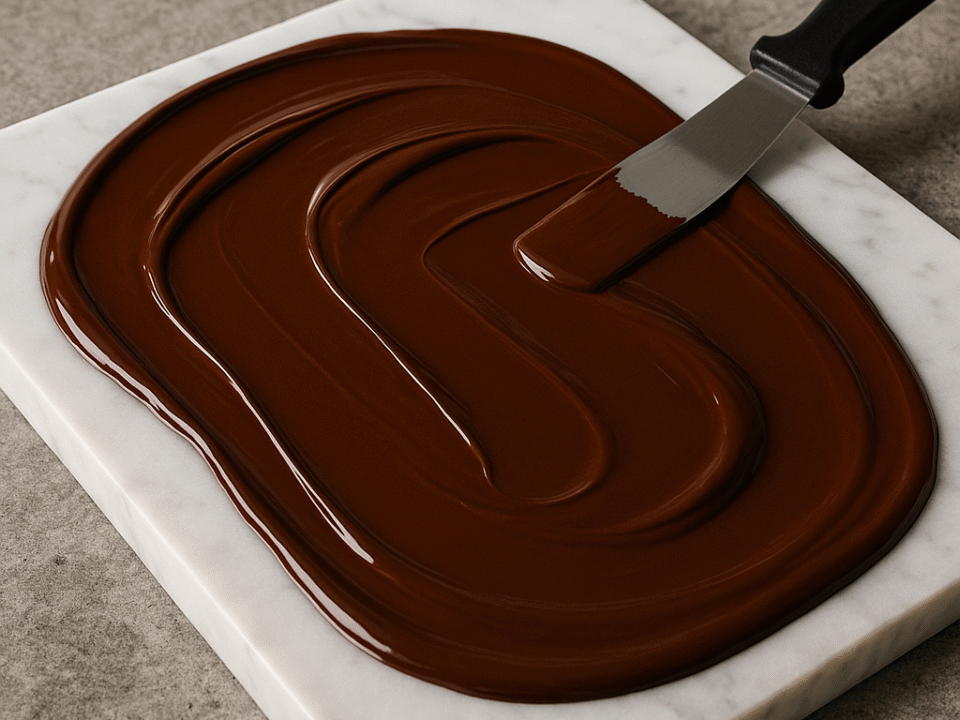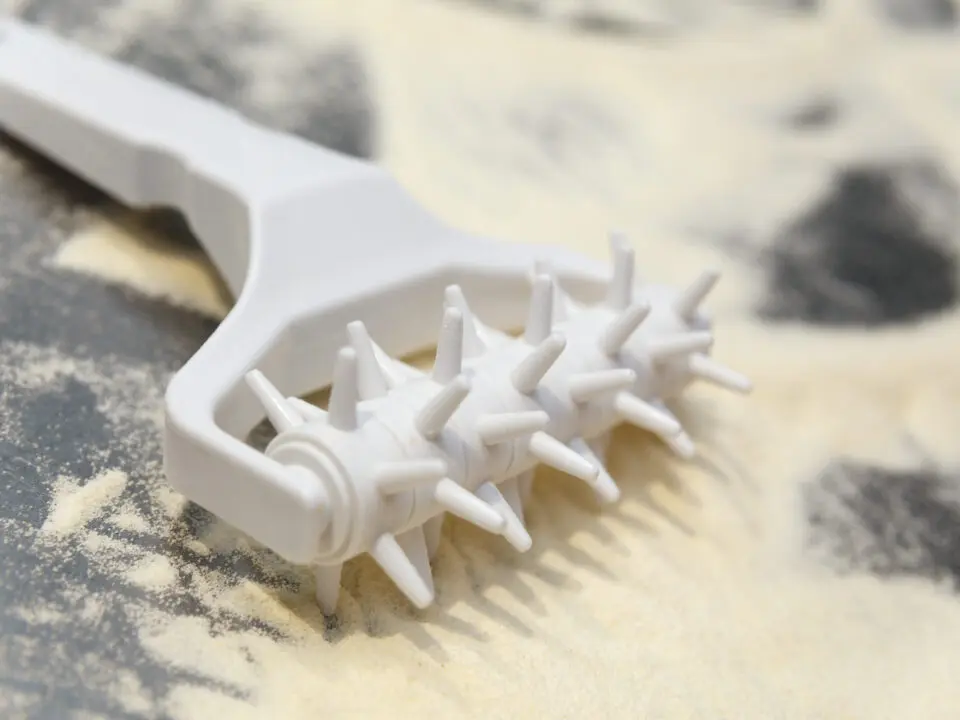
Auguste Escoffier
August 11, 2025
Black Forest Cake ( Germany)
August 18, 2025If you’ve ever found yourself in a battle with butter in your dough — melting too fast, clumping too unevenly, or refusing to mix properly — then this is the solution you’ve been looking for. The pastry blender is here to make your baking life easier.
Let’s talk about the humble pastry blender. It’s not flashy. It won’t win any kitchen beauty contests. But for those of us who’ve spent years perfecting croissants, pie crusts, and scones, this is one of those tools that quietly makes all the difference.
What does a pastry blender do?
A pastry blender is a handheld tool with a handle on top and a series of curved metal wires or blades underneath. Its job? To cut cold butter into flour — evenly and quickly — without warming it up.
When making doughs that rely on flakiness, like shortcrust pastry or buttermilk biscuits, keeping your butter cold and in small, even pieces is essential. Warm hands can ruin the texture. A food processor often overmixes. A fork is fiddly. But a pastry blender? It’s your secret weapon, giving you the control and precision you need to master your dough texture.
Why bother cutting butter into flour this way?
Because that’s how you get flaky layers.
Each visible shard of butter in your dough is a future pocket of steam. When it hits the heat of the oven, it puffs up the dough from the inside, creating that golden, layered texture that makes people close their eyes on the first bite.
How to use a pastry blender (like a pro)
- Start cold: Your butter and flour should be cold. If your kitchen is warm, pop the bowl in the fridge for a few minutes first.
- Rough chop your butter: Cut it into small cubes, then toss it through your flour.
- Cut, don’t mash: Use the pastry blender in a rocking motion, pressing down and rotating the bowl as you go.
- Stop early: You’re aiming for a crumbly texture, with butter pieces the size of small peas. It should still look rough — that’s a good sign.
- Finish with liquid: Once your butter is cut in, add your water or milk to bring the dough together.
No smeared butter. No sticky hands. Just clean, even distribution every time.
Why this tool earns a spot in your drawer
It’s not expensive. It doesn’t need charging. And once you get used to it, you’ll wonder how you ever made pastry without it. The pastry blender is not just a tool, it’s a baking essential that won’t break the bank.
For advanced home chefs, it bridges the gap between casual baking and professional technique. You’re in control of the texture — not a food processor. And that control shows up in the results.
Whether you’re making an all-butter pie crust or working chilled lard into flour for old-school sausage rolls, the pastry blender gives you that delicate crumb structure pastry chefs chase.
Final thoughts
The next time you’re working with butter and flour, reach for your pastry blender. It may not shout for attention, but it delivers that flaky, crisp texture we all crave — and makes your dough behave like it’s been to pastry school.
Stay flaky,
— Ash



